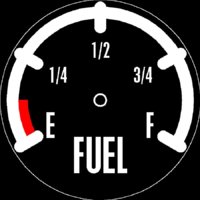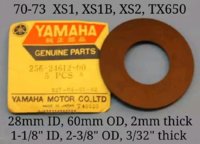Another contraption I've been wanting for a long time, a gas cap gauge.
It's peanut's fault. He posted this awhile back, and it's been bugging me since.
http://www.xs650.com/threads/fuel-tank-sender-and-guage-mod.30035/
Then, there's this old classified that has a vintage Asahi gauge.
http://www.xs650.com/threads/asahi-gas-cap-fuel-gauge-nos.31356/
Some machines already have gas gauges, and then there's custom offerings from Asahi Denso and QSPS.
These use a plastic float, dangling from a chain.
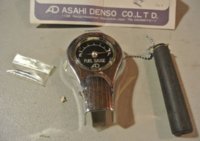
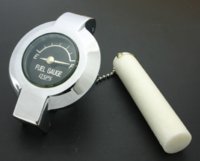
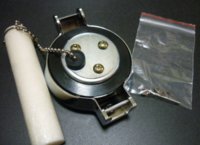
A very common utility type cap gauge uses a float on a spiral shaft, directly drives the needle.
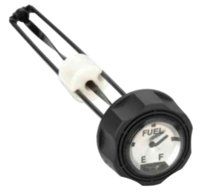
The early 70-73 cas cap has a round/flat depression for the Yamaha tuning fork medallion. An ideal candidate for a fuel gauge.
It's peanut's fault. He posted this awhile back, and it's been bugging me since.
http://www.xs650.com/threads/fuel-tank-sender-and-guage-mod.30035/
Then, there's this old classified that has a vintage Asahi gauge.
http://www.xs650.com/threads/asahi-gas-cap-fuel-gauge-nos.31356/
Some machines already have gas gauges, and then there's custom offerings from Asahi Denso and QSPS.
These use a plastic float, dangling from a chain.



A very common utility type cap gauge uses a float on a spiral shaft, directly drives the needle.

The early 70-73 cas cap has a round/flat depression for the Yamaha tuning fork medallion. An ideal candidate for a fuel gauge.

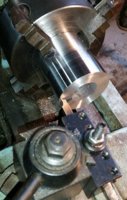
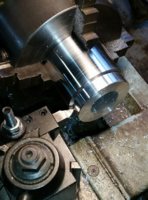
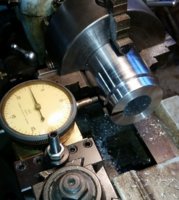
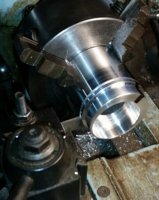
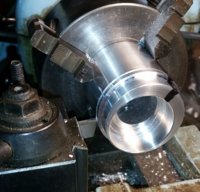
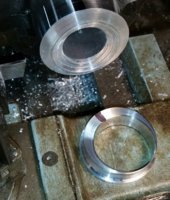
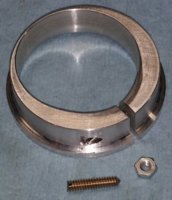
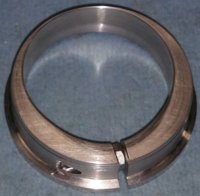
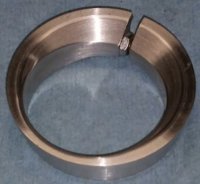

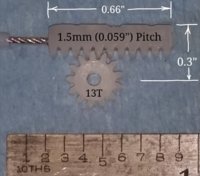
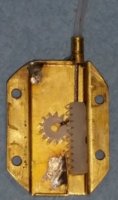
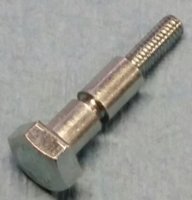
 Wow - impressive!
Wow - impressive!